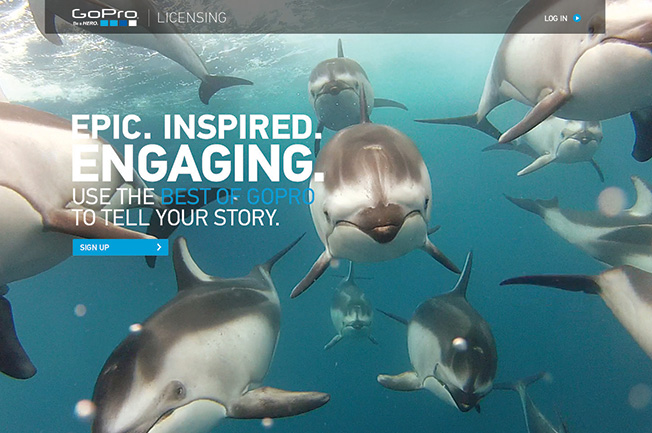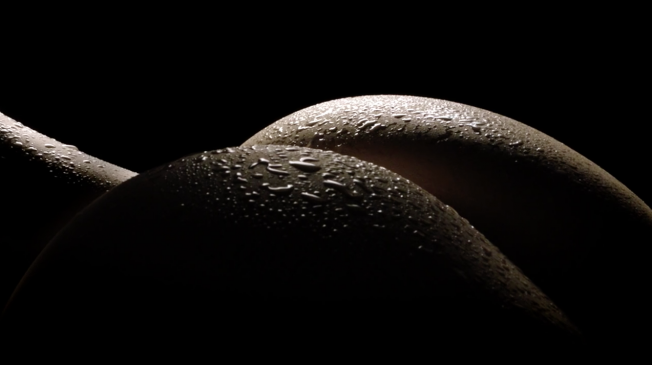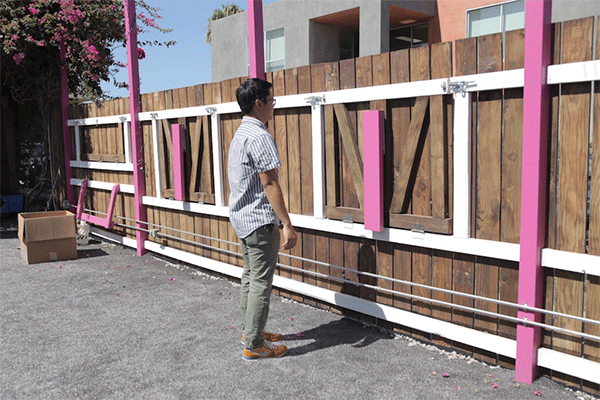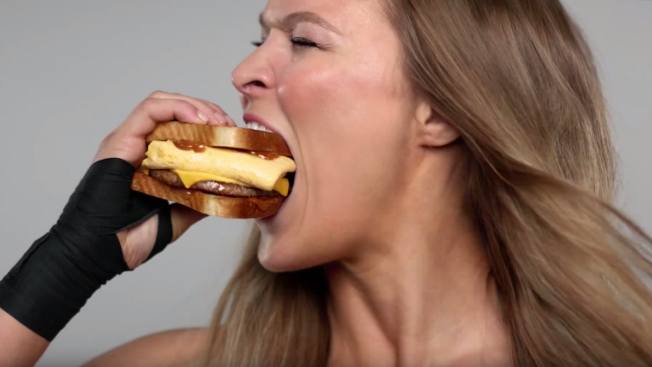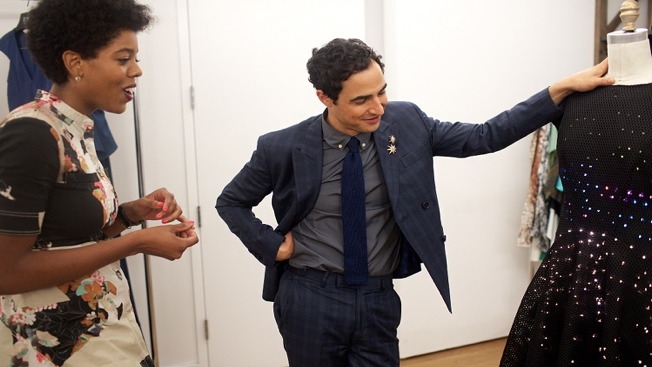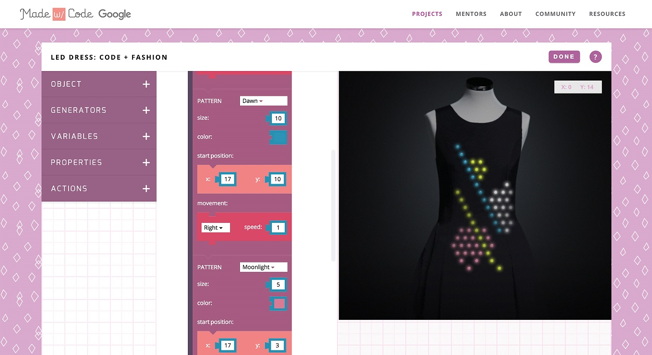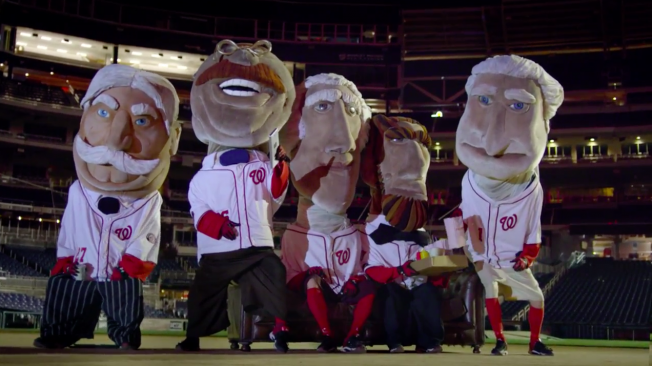
More than a year after Facebook's $2 billion acquisition of Oculus Rift and virtual reality's promise to transform digital storytelling, major marketers are taking the 3-D technology out for a test drive but are far from ready to shift their activations into high gear.
"This year we've probably got three conversations going on with clients about ways that they can use virtual reality," said Matt Powell, co-president of Kirshenbaum Bond Senecal + Partners. "Last year, we were having one conversation."
Top brands like Mountain Dew, Volvo and Jim Beam have dabbled with VR in recent months to build buzz around experiential events and product launches.
After testing Oculus Rift last fall at a skateboarding event in Brooklyn where consumers could virtually take a ride with their friends, Mountain Dew ran a second VR activation at South by Southwest with a campaign targeting snowboarders that added live-action video. The idea was to turn one-off campaigns into hubs of digital content—similar to mini App Stores.
That strategy of rapidly churning out fresh videos is why Dan LaCivita, president of Firstborn, which ran both campaigns, is bullish on VR. "Once you have this platform, you're able to reuse it from event to event," he said. "Those are the brands that get a lot of bang out of this."
Still, like all nascent technologies, VR has challenges to overcome before it can be taken seriously as an advertising platform. When Volvo wanted to promote its XC90 SUV at last year's Los Angeles Auto Show, it built a mobile app that works with Google Cardboard, the Internet giant's own version of VR. Holding up a phone to the device let users take a virtual test drive and check out the car's interior.
The campaign gave agency R/GA hands-on experience with VR, said Nick Coronges, the agency's global chief technology officer. He noted VR remains a small area of investment—comparing it to mobile marketing, which took years to gain traction with agencies and brands. And with the growth in wearables and connected devices, keeping up with VR—and steering clear of failures like Google Glass—will be a tougher challenge for brands. "What you'll see is a lot of experimentation," he said. "We might be where mobile was in 2005."
Costly production is also an issue, as videos can run more than $1 million. "You're now considering producing in a 360-degree environment, so it increases your postproduction costs exponentially," explained Tom Dunlap, 72andSunny's director of production. "I would venture to say that it's more expensive than television commercials." To cut costs, the agency is experimenting with 3-D printers for building inexpensive camera equipment like rigs used to shoot video from multiple angles.
Mike Rubenstein, vp of integrated solutions at Hill Holliday, who has done VR work for Merrell, agreed that it is difficult to justify the steep cost, especially as headsets like Samsung Gear retail for $200 and others aren't even available to consumers.
"It's a bit of a gamble, and you are making something of an investment in the creation of this content, which is not second nature to most on the agency or the production side," he said. "You kind of need to go all-in at this point to make it worthwhile."





